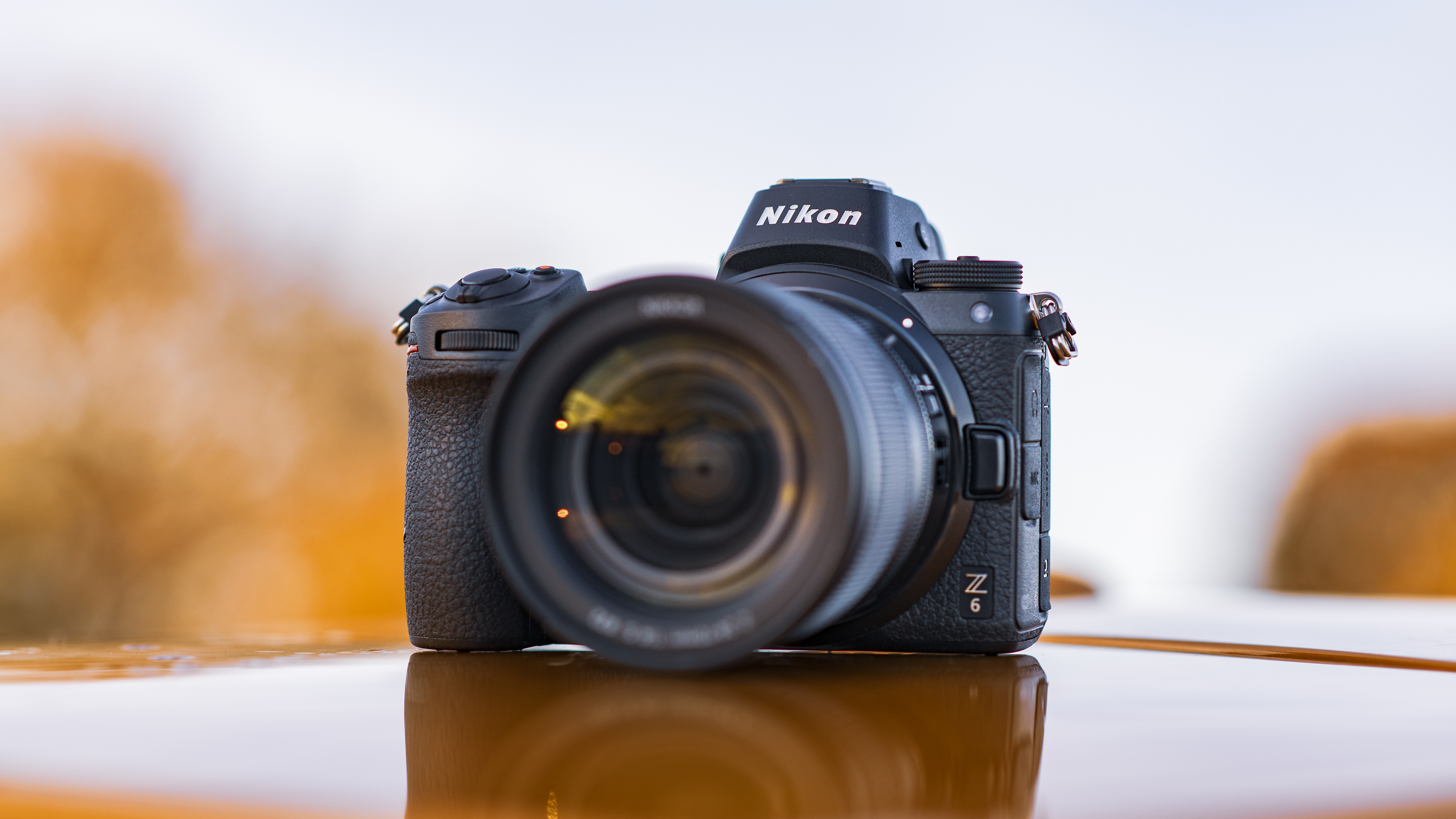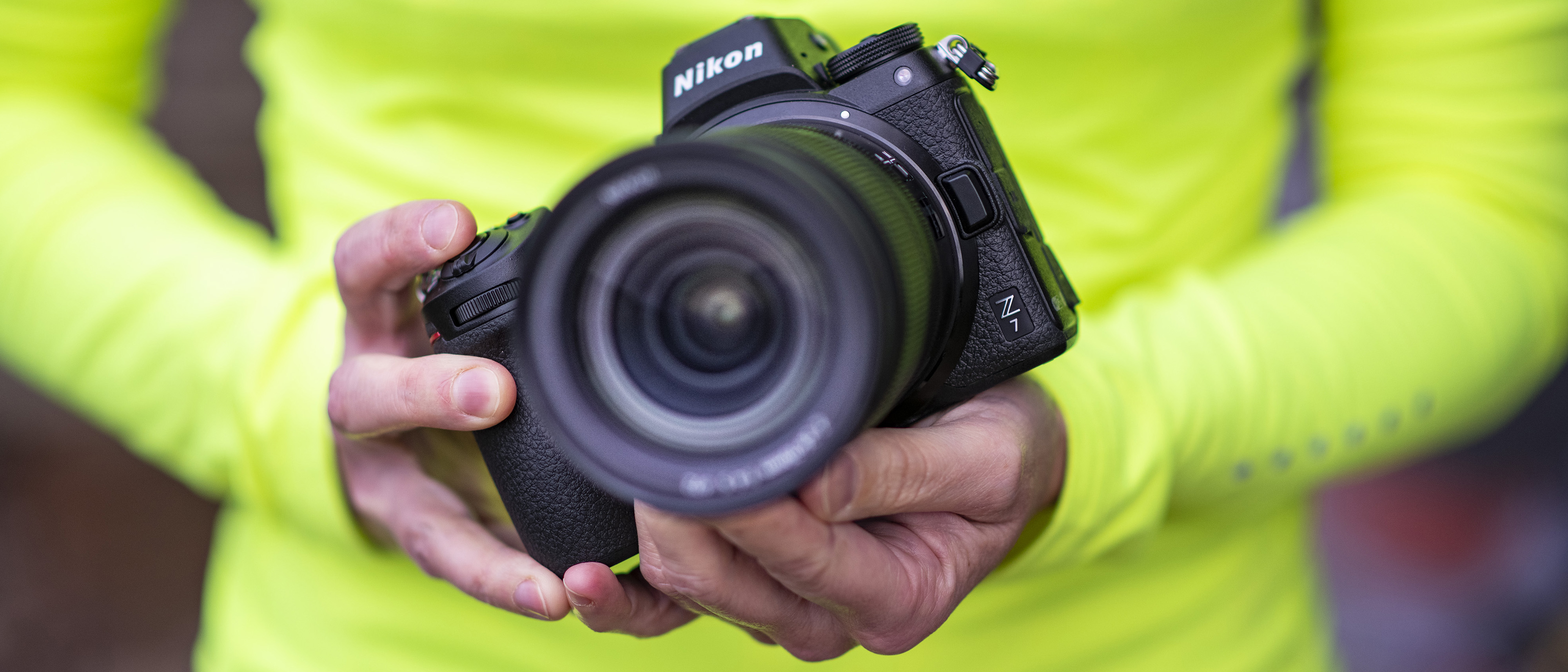Why you can trust TechRadar
Nikon Z7 review: verdict
Nikon has made it clear how important the introduction of the Z7 is to the company, and it certainly feels like a camera that will be one day looked back as the start of something significant.
By cutting its losses with its 1 series and focusing on building a new future-proof system from scratch, it has done exactly what many people had hoped it would pull off. Gone are the small 1-inch sensors, the slippery bodies and the over-reliance on touchscreen operation. Where the 1 system disappointed, the Z system – at least so far – has triumphed.
And what a triumph the Nikon Z7 is. As a first-generation camera we should expect the odd hiccup, but the Z7 has been crafted with consideration and it behaves far better than we should expect. A solid sensor, combined with effective image stabilisation that's conveniently located in the body, together with a beautiful EVF, excellent handling, very competent AF performance and great response throughout form the bones of what make this camera such a pleasure to use. It’s not the most elegantly designed camera of its kind, but you soon see past this once you start using it, as you appreciate that these decisions bode very well for handing and operation.
The Z7 has been crafted with consideration and it behaves far better than we should expect
With a relatively shallow burst depth, however, it’s not the best choice for sports photographers, despite the dexterity of the predictive tracking and continuous AF system. The 330-shot battery is pretty average for such a model too, and while it's worth remembering that CIPA ratings do not accurately reflect what you can achieve in everyday use, this is still quite behind the 650- and 710-shot ratings that Sony’s A7R III and A7 III models currently enjoy. The convenience of USB charging takes some of the sting out of this, but you might want to grab an extra battery anyway.
It’s also difficult to ignore that, for all its many merits, it all comes a price. At least if we overlook the more niche options from the likes of Hasselblad and Leica, the Z7 is currently the second priciest mirrorless camera on the market, with only the Sony A9 above it. We should, of course, expect a camera of this calibre to arrive with a lofty price tag, and as it's still on pre-order (at the time of writing), there hasn't been a chance for its price to settle in the market. Then again, it’s considerably more expensive than the similar Z6 that’s shortly due to be with us, and also the Canon’s EOS R, which may not have quite the same charms but does at least maintain a number of its own advantages.
Furthermore, while the choice of XQD cards may well prove to be a good one in the long run, just one of these relatively modest 32GB cards and a reader will currently set you back three figures. You’re paying for quality, but boy are you paying for it.
Even with these minuses against it, it's hard not to be impressed by the Nikon Z7. This isn't a camera aimed at the sports photographer, nor the mass market, but it probably won't be long before we see the range expand to include models that will tempt a broader audience. And some, dare we speculate, may even have two card slots. Whichever direction Nikon chooses for the Z system, the company should feel incredibly proud of what it’s managed to achieve here with the Z7. This really is an exceptional way to kick off a new system.
Sign up for breaking news, reviews, opinion, top tech deals, and more.
Nikon Z7 review: competition

Nikon Z6
The Z6 is the Z7's launch partner will no doubt be another option for the shortlist of many Z7 prospective purchasers. While its sensor contains a far lower 24.5MP (effective) pixel count, it boasts 12fps burst shooting, a higher maximum native ISO and a significantly lower price tag, despite much of the rest of the spec sheet being pretty much shared with the Z7's.
Read our in-depth Nikon Z6 review

Sony A7R III
Arguably the Z7's closest rival, Sony's high-resolution A7R III also packs a back-illuminated sensor, with 42.4MP (effective) spread across full-frame dimensions. With the advantage of dual card slots, 10fps burst shooting (with AF) and a better buffer depth, better battery life and a lower price tag, together with a particularly strong set of specs supporting its 4K video capabilities, it shows just how much Sony has benefitted from being first to the full-frame mirrorless party.
Read our in-depth Sony Alpha A7R III review

Canon EOS R
Canon's first full-frame mirrorless camera arrives with a much cheaper asking price than the Z7, which is no doubt in part explained by the lower resolution sensor, which offers 30.3MP (effective) against the Z7's 45.7MP. Even so, it stacks up very well against Nikon's flagship, with a 3.6-million dot EVF, full-articulating LCD, 4K video and full compatibility with a wealth of older EF and EF-S optics heading an impressive lost of specs.
Read our in depth Canon EOS R review
